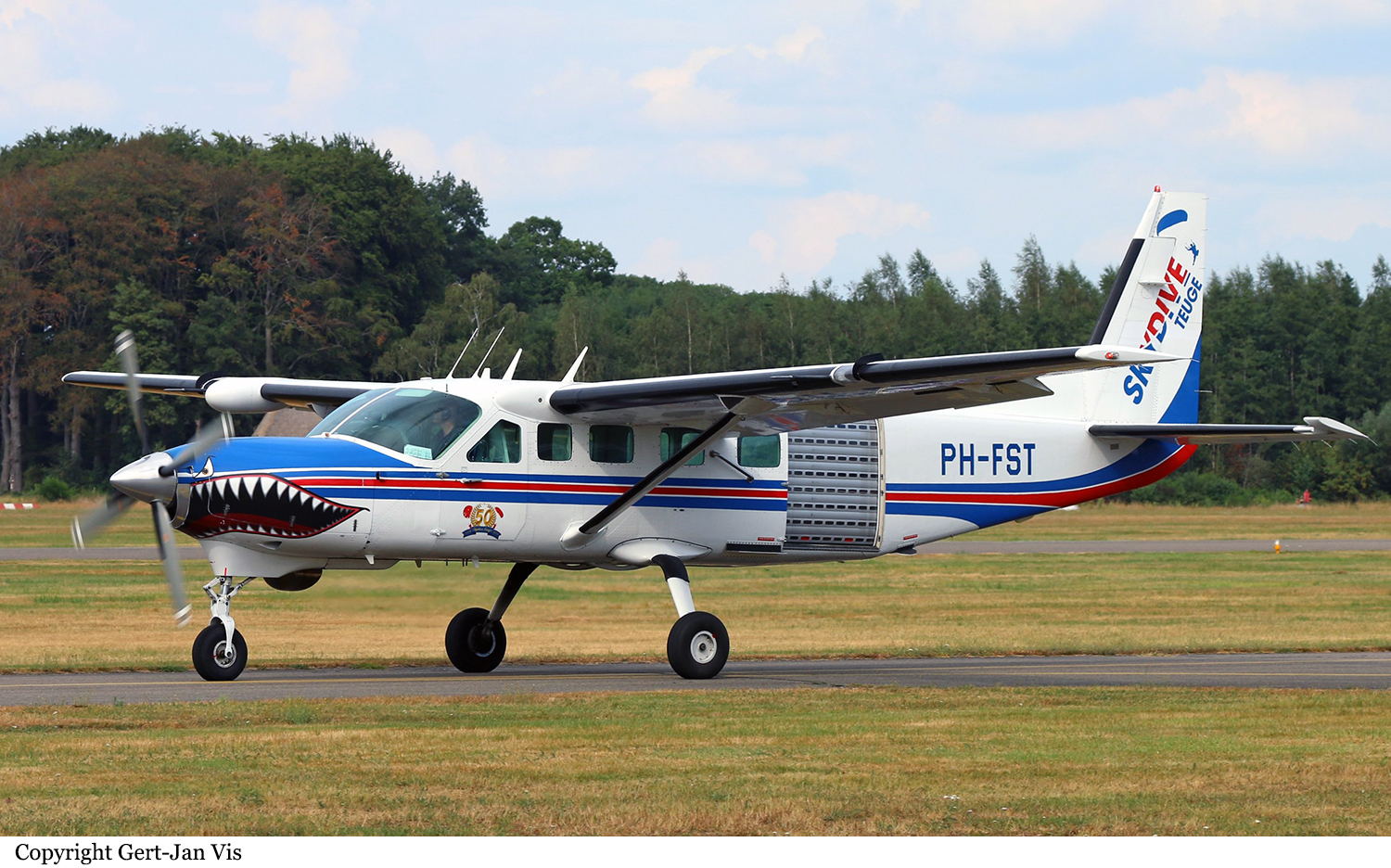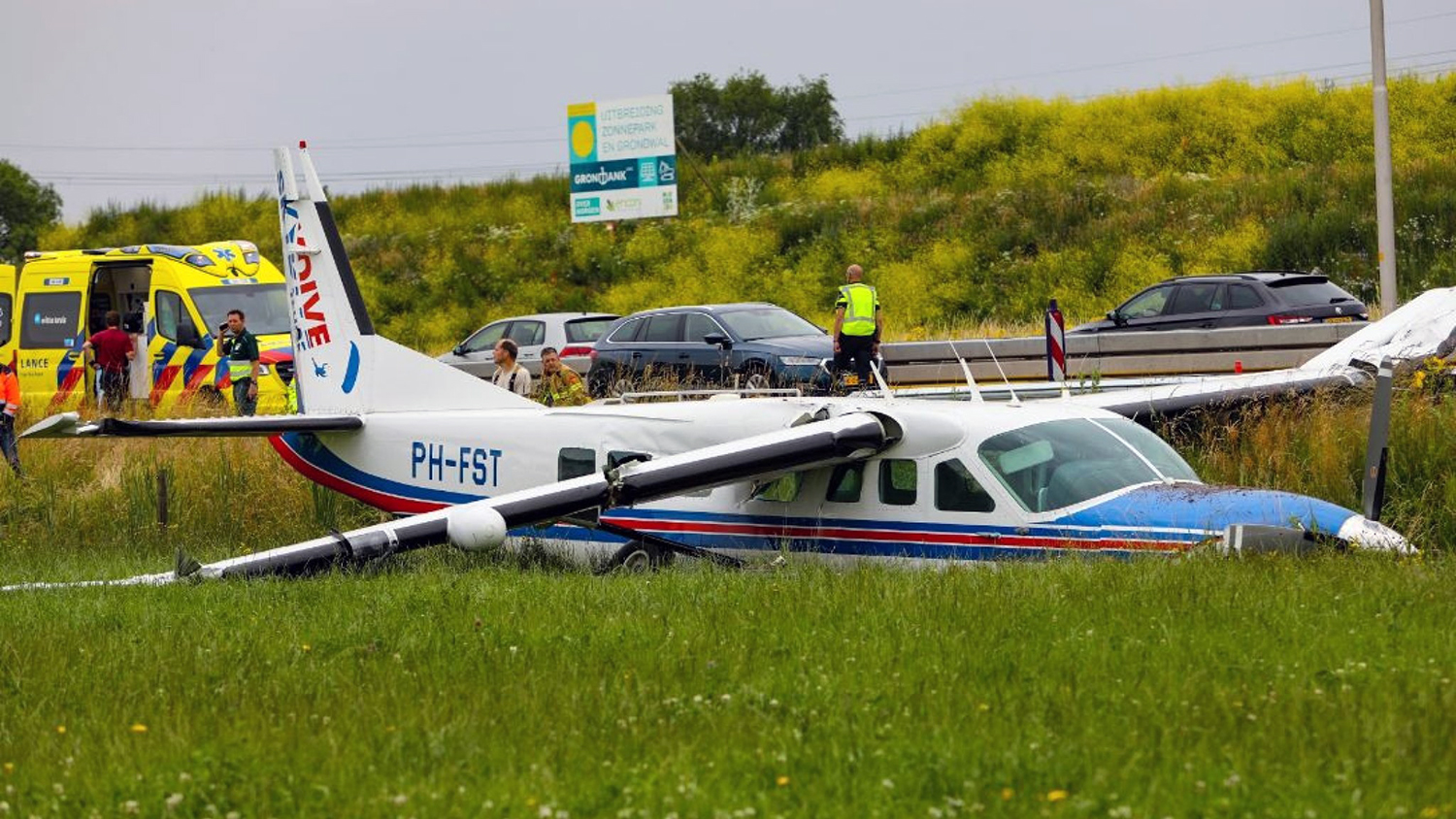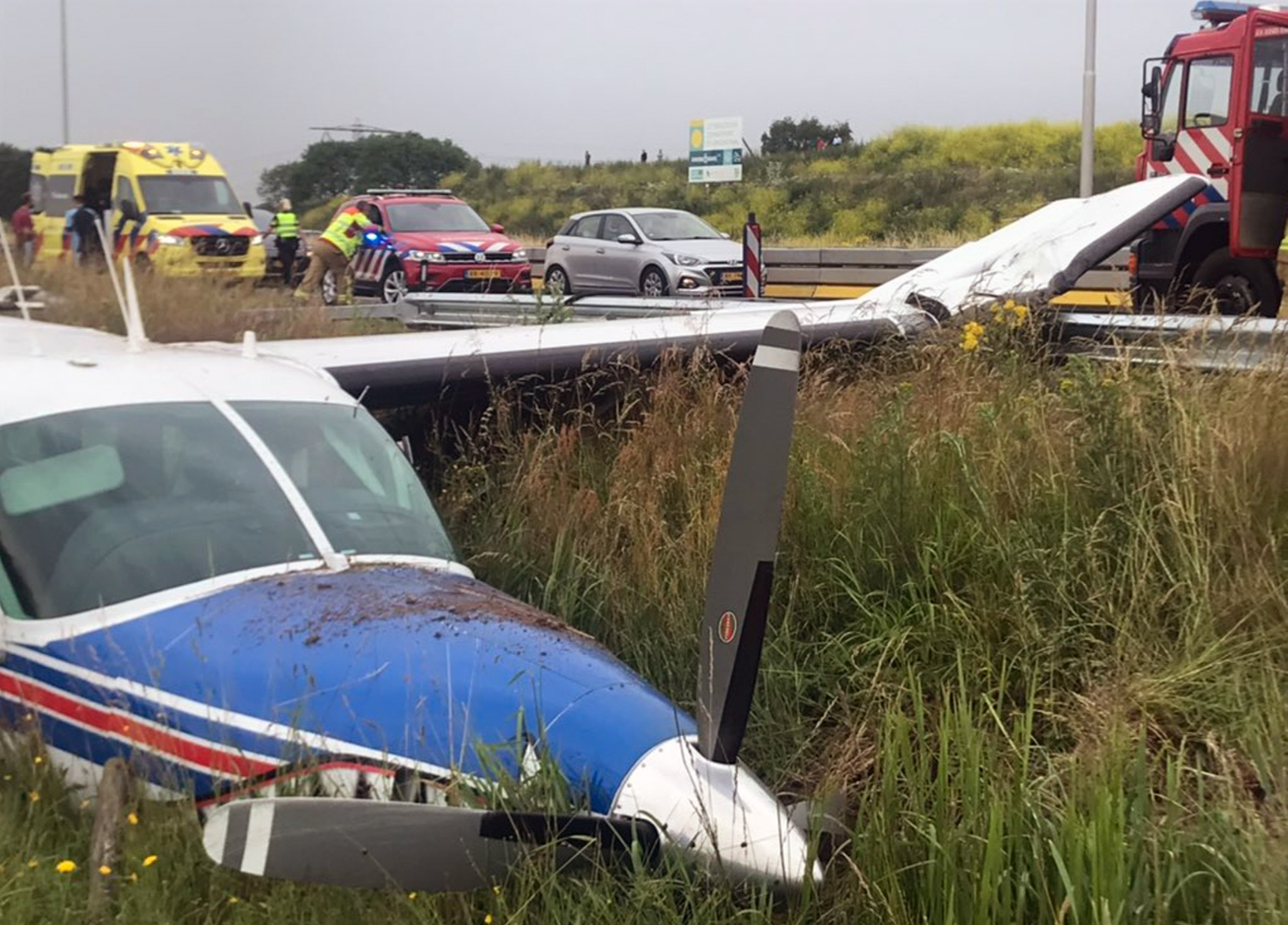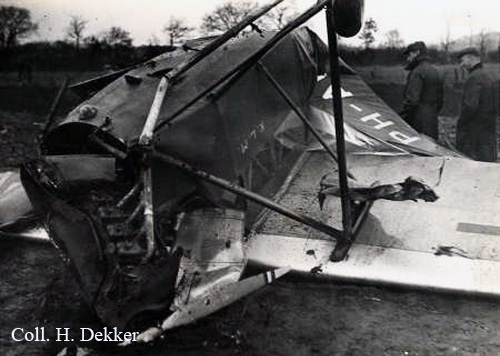Crash of a Cessna 208 Supervan 900 in Teuge
Date & Time:
Jun 25, 2021 at 0933 LT
Registration:
PH-FST
Survivors:
Yes
Schedule:
Teuge - Teuge
MSN:
208B-0823
YOM:
2000
Crew on board:
1
Crew fatalities:
Pax on board:
17
Pax fatalities:
Other fatalities:
Total fatalities:
0
Aircraft flight hours:
9251
Circumstances:
On the morning of 25 June 2021, the Cessna 208B with registration PH-FST was parked inside the hangar of a maintenance organization. The organization performed maintenance tasks on the aircraft on a regular basis. The maintenance organization had scheduled to perform a maintenance task before the planned flights that day. When the aircraft was on ground with the engine off, erratic and high engine Exhaust Gas Temperature (EGT) readings were reported. The maintenance organization suspected a faulty magnetic pick-up in the engine’s propeller governor to be the cause of these erratic EGT readings. A mechanic under supervision of a licensed engineer was tasked to replace the magnetic pick-up. After removal of the old magnetic pick-up, the mechanic followed steps one through four of the maintenance manual to install the new magnetic pick-up. Steps five through eight, a system voltage test to check correct installation, were not noticed by the mechanic and as a result not carried out. After connecting the wiring and tightening the lock nut, the mechanic, together with the pilot, did a static engine test run and performed the Single Red Line (SRL) check to verify the system and EGT readings. After the system was found to be functioning correctly, the mechanic left the aircraft and the pilot taxied to the skydive organization's building to pick up parachutists. Following the boarding of seventeen parachutists, the pilot taxied to runway 26 and commenced the takeoff roll. Shortly after takeoff, without any warning, the engine lost power at approximately 400 feet above field level. The pilot made an emergency landing in a field whereby the aircraft sustained substantial damage to the fuselage, wings, landing gear and propeller. One parachutist suffered minor injuries.
Probable cause:
During the initial climb after takeoff, the aircraft suffered a complete loss of engine power as a result of the uncommanded feathering of the propeller. This feathering was the result of damage that occurred within the propeller governor. Most probably, the incorrect installation of the magnetic pick-up in the propeller governor prior to the accident flight led to contact damage between the pick-up and the rotating toothed gear. Debris restricted the free movement of the ball head assembly in the governor housing, allowing all oil to drain from the propeller dome and causing the propeller to continuously move to the feather position and eventually cease rotation. The increasing pitch of the propeller led to a power reduction of the engine which reinforced itself. The distorted output signal of the damaged magnetic pick-up did not cause the engine flame out. The design of the propeller governor’s toothed gear makes it possible to position the magnetic pick-up in between its teeth. The maintenance procedure for the replacement of the magnetic pick-up did not specifically mention or address this. The final steps of this procedure, a voltage check to verify the correct placement of the pick-up, were not performed by the maintenance staff. The design of the toothed gear in combination with the procedure in the maintenance manual allowed for the incorrect installation.
Final Report:








